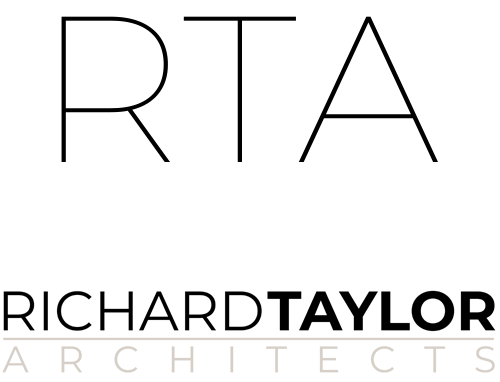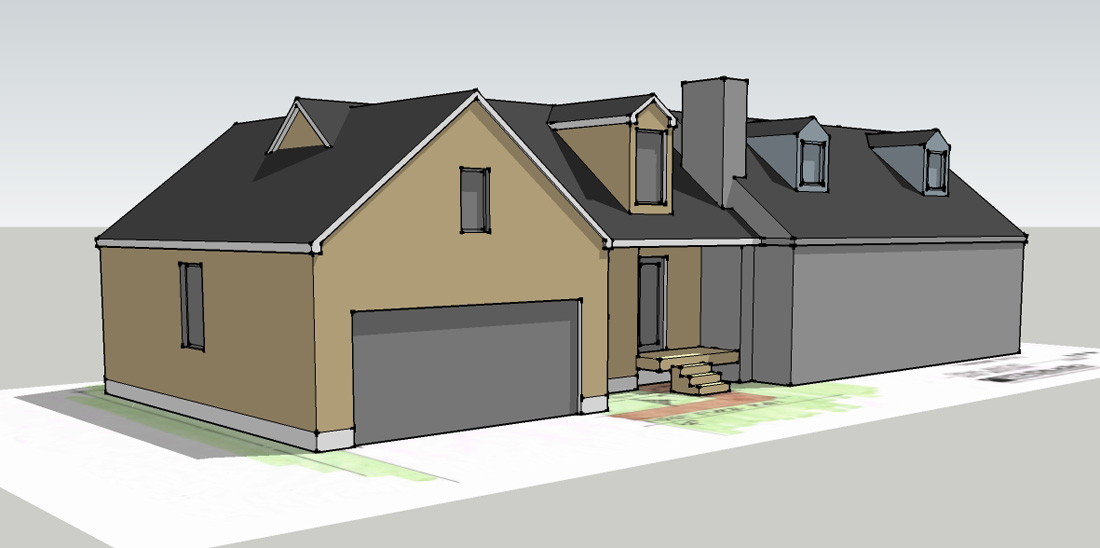
Project Notebook #1: Adding Space for a Family of Four on a Tight Lot
Remodeling a home in an older neighborhood often comes with challenges above and beyond what my clients want and need for their project. In this Project Notebook, we’ll look at a small house remodeling in Upper Arlington, Ohio to see how it was updated and added to within the zoning constraints of a tight corner lot.
This family of four was quickly outgrowing the bedrooms, bath, and garage in their 1,200 square foot Cape Cod home.
Built in 1948 in an older neighborhood, the home wasn’t well suited to modern family life. The tiny one-car garage connected to the house with an unheated breezeway was inconvenient but tolerable.
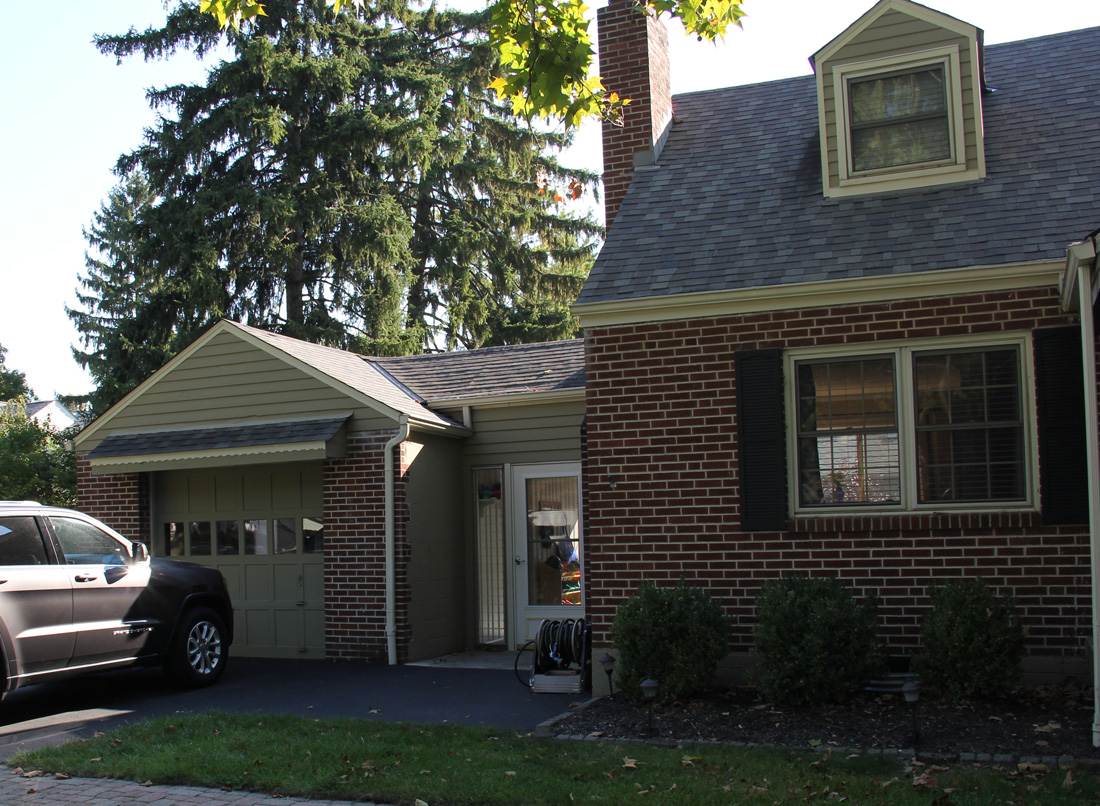
When they bought the home seven years ago, the couple wasn’t concerned much with the closed-off kitchen, or the three bedrooms sharing a single first-floor bath – even though the master bedroom was on the second floor.
But two children, two jobs, and two cars made that arrangement unworkable.
Creative Brief and Existing Conditions Drawings
My client’s priorities were straightforward; remodel or add on to the house to create a master bath; open up the kitchen; create a “real” mudroom; and add a larger garage.
They also knew a larger garage and a possible second-floor addition would impact the look of the front of the house, and didn’t want to lose the house’s charm.
As we drilled down through the details – long before any design was started – I learned more about what would and wouldn’t work for the family, uncovered zoning restrictions that might impact the size, location, and height of a potential addition, and prepared a set of “existing conditions” drawings of the house.
Here are a few snippets from the Creative Brief we wrote together after a few initial meetings:
Kitchen/Breakfast Area
The existing kitchen isn’t necessarily too small, but the space next to it – where the breakfast table is located – is way too small for all the things it’s used for. They want to expand this area considerably.
The kitchen and breakfast area are also open to the living room, but the current layout doesn’t allow all the spaces to be used well for socializing and entertaining. They would like to use this area of the house comfortably for gatherings.
The general layout of the kitchen isn’t too bad, but the location of the refrigerator is terrible, and there’s no pantry/storage area.
More prep space is also needed in the kitchen
The existing door to the backyard from the kitchen isn’t needed – access to the backyard should be through the mudroom
Master Bedroom/Bath
The existing master bedroom is large, and has a good-sized walk-in closet. But there’s no master bath on the second floor. They would like to look at locating a master bath on the second floor, keeping the existing master bedroom, or moving the master to the first floor.
In that case the kid’s rooms would move upstairs, and the existing first floor bedrooms would become the master. The existing first floor bath would then become the master (with “no” or limited changes), and would also be accessible for guests.
A new bath would still have to be created on the second floor to serve the kid’s bedrooms.
A possible option would be to use space over the new/expanded garage for bedrooms or baths
Three Rounds of Preliminary Design Sketches
The first two design concepts I developed had a few things in common, but some big differences, too. Both had a new two car garage to replace the existing one car garage and a new mudroom area between the house and garage. Both added a mudroom where the breezeway was and both opened the kitchen to a new, larger eating area.
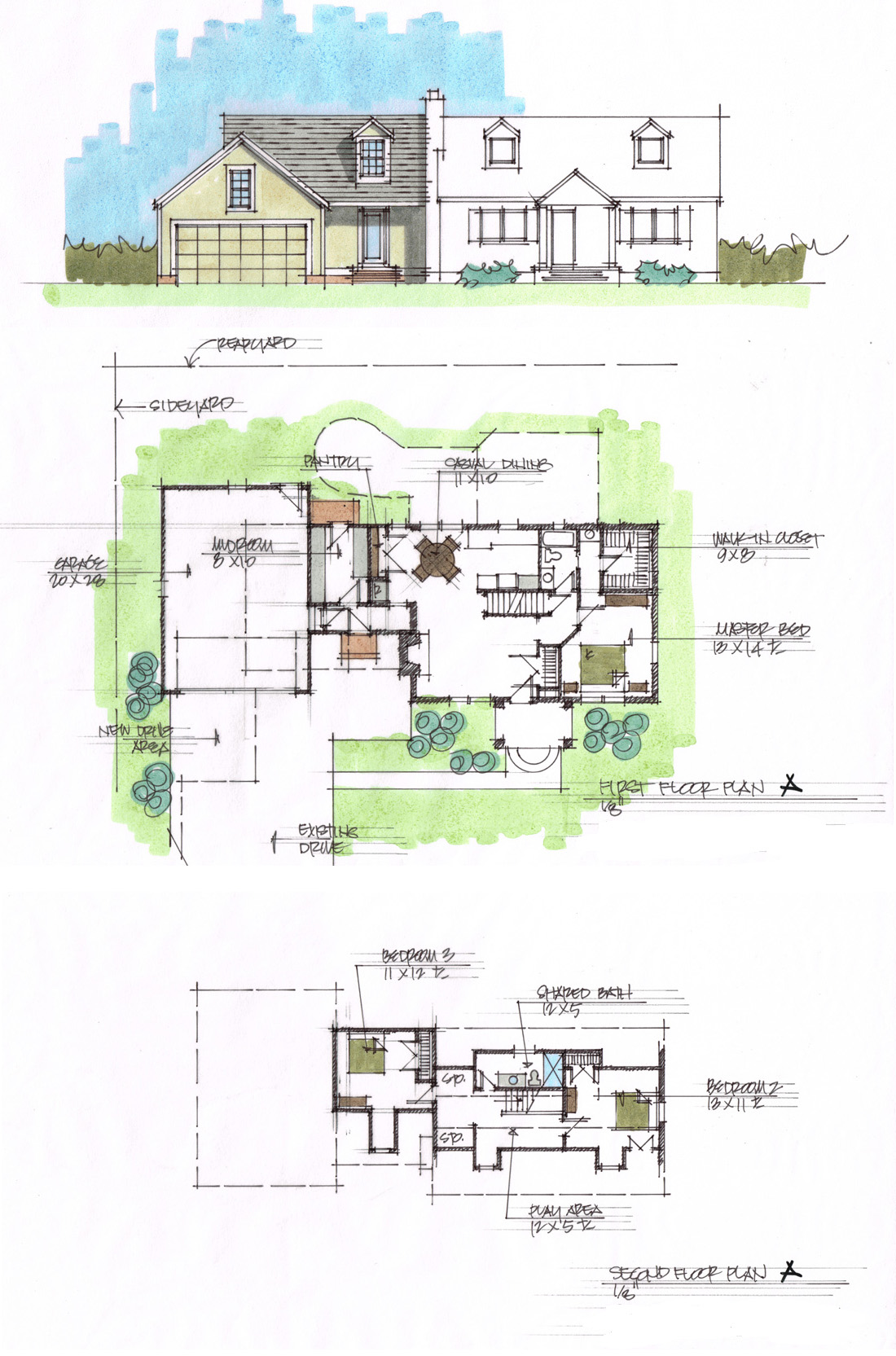
Design “A” (above) made some drastic changes to the first floor – the existing front bedroom became the new master, and the existing back bedroom became the master closet. The existing hall bath was expanded to become a larger master bath.
The two kids’ bedrooms were moved upstairs, and a shared bath was added, which would require a large roof dormer on the bath and a smaller dormer in the front.
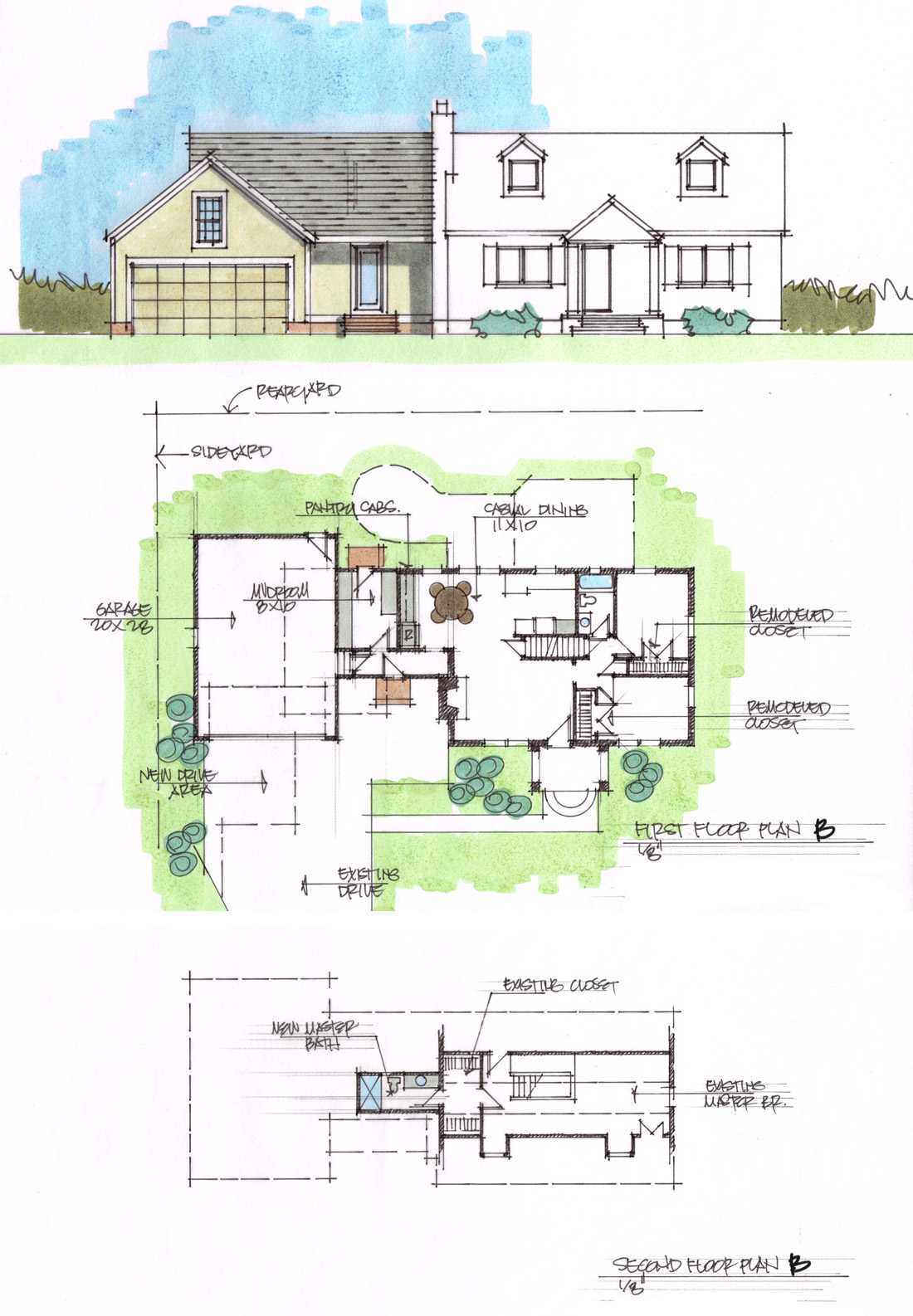
Design “B” (above) is a more restrained and less-costly version. In this design, the existing first floor bedrooms and bath stay, with some minor remodeling of the closets – and a new master bath is added on the second floor, without the need for a dormer.
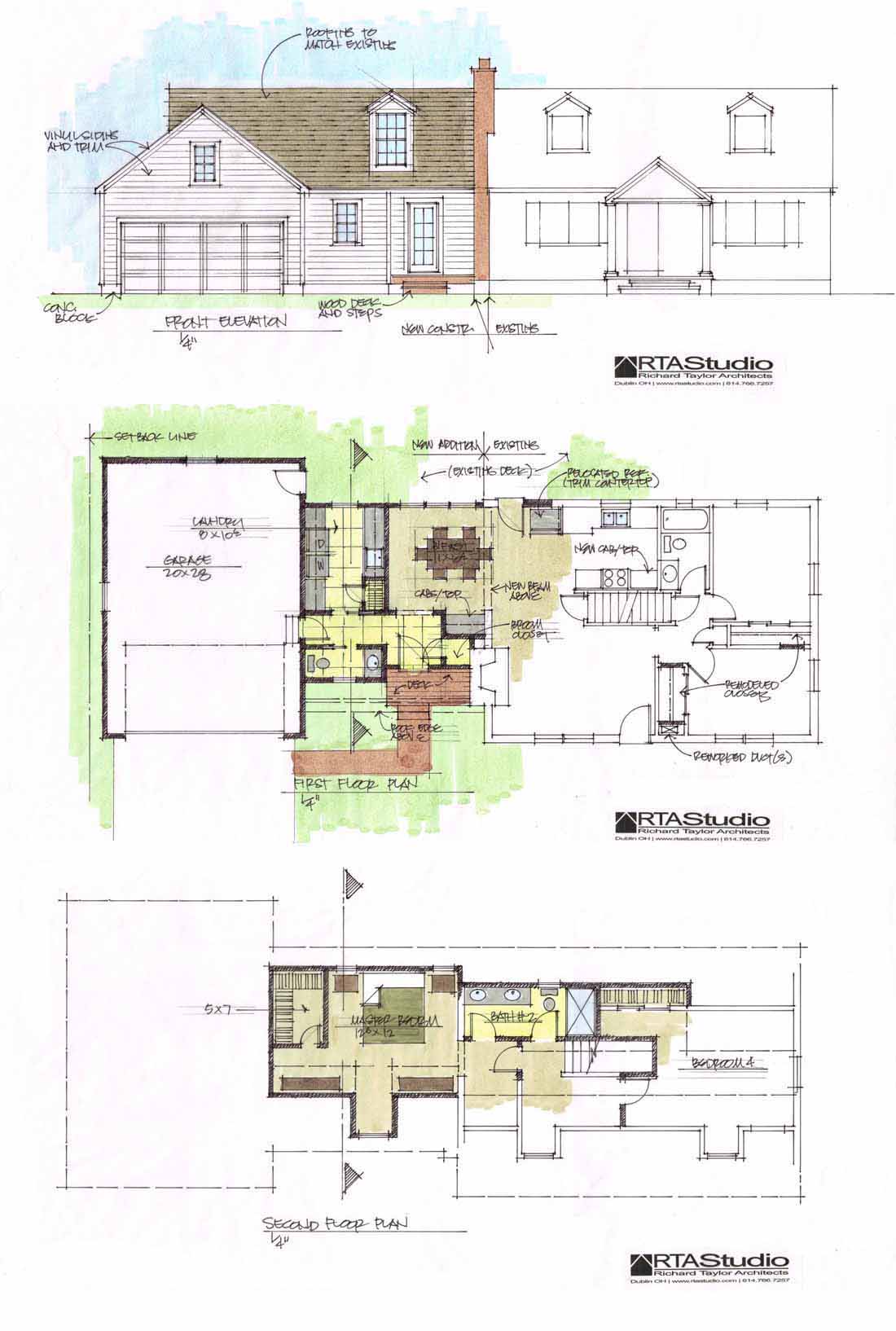
In a second round of preliminary designs, we explored a hybrid of the two designs – two bedrooms and a bath on the first floor and two bedrooms and a bath on the second floor. That 4-bedroom design became the concept we’d carry through to the end of the project.
Design Development Phase
After getting some initial cost estimates we edited the design a bit to get the costs down. With that done, the really fun stuff – 3D views of the design – got underway. 3D views are an essential part of the process; without them, I can’t be sure my clients fully understand how the proposed design looks and feels, which is critically important to a successful project!
The interior sketches below show how the interior was planned to feel; also take a look at the image at the beginning of this article to see how the new addition connects to the existing house on the outside.
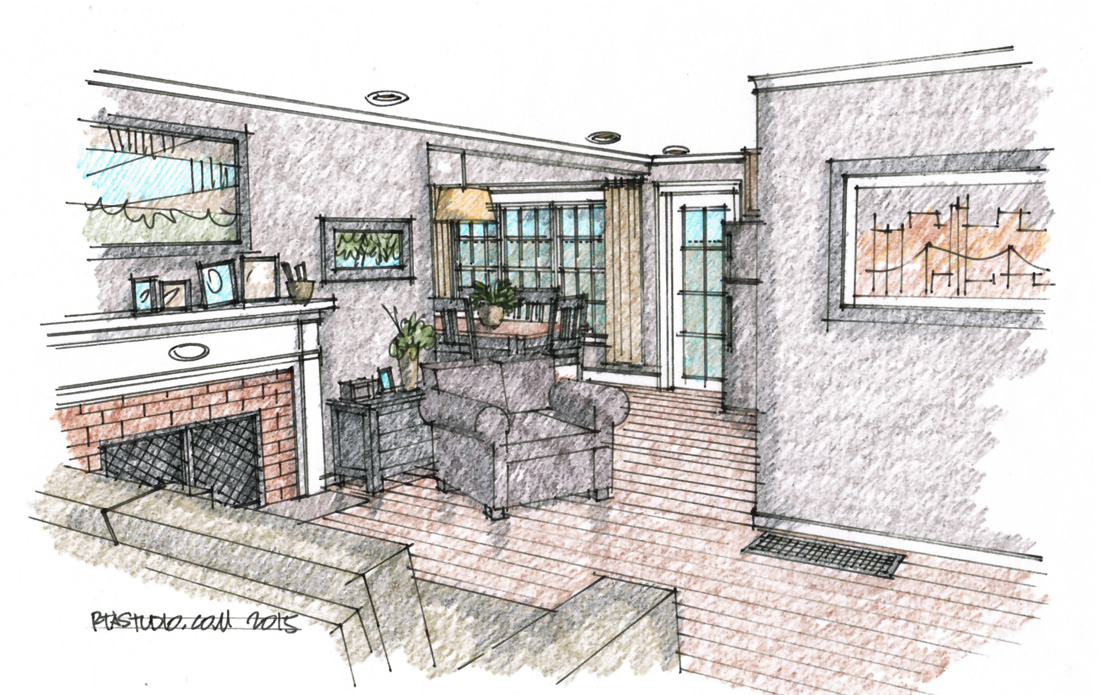
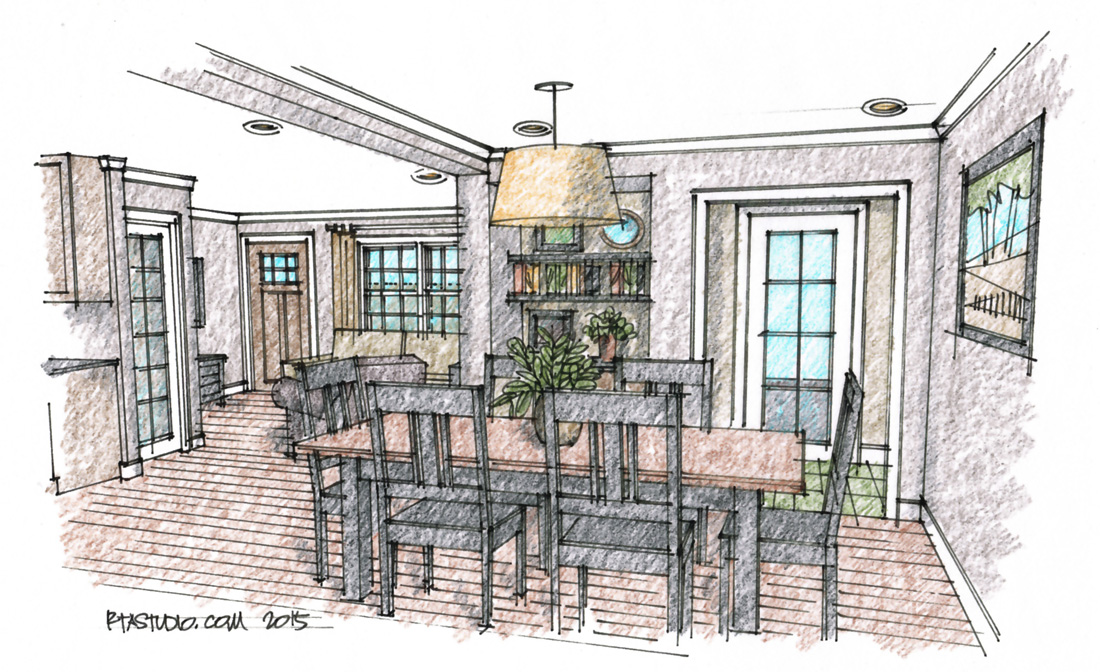
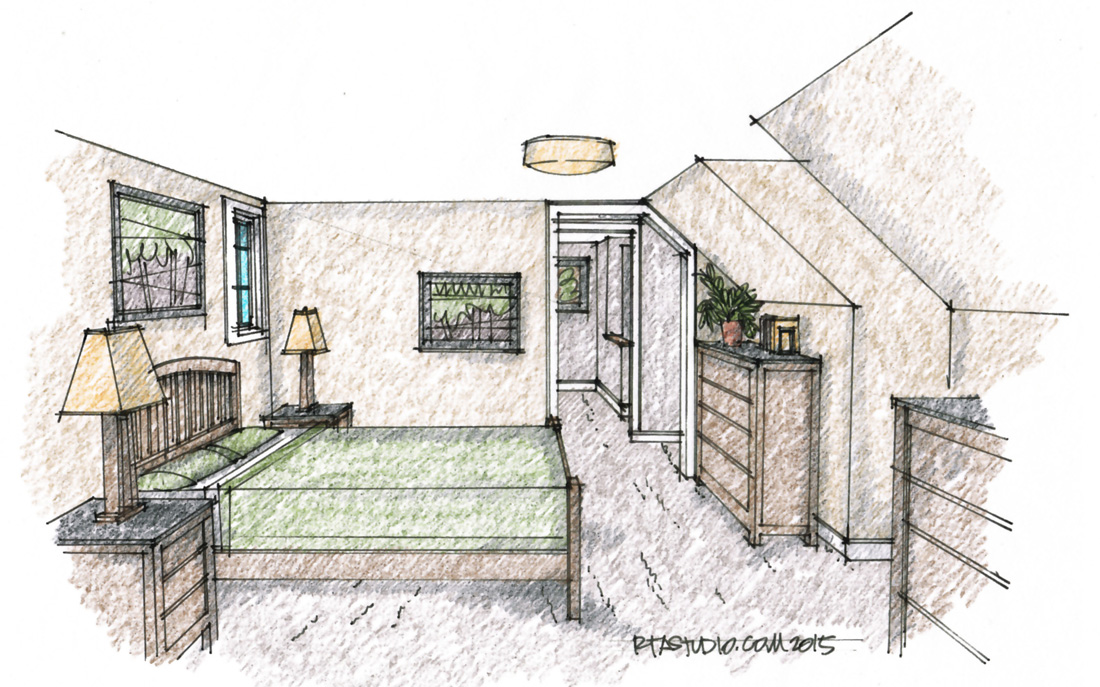
Bidding and Construction Documents
With a fully detailed set of construction drawings, finish schedule, and project manual, I helped my clients find four local remodeling contractors to discuss the project. After we got the bids back – all somewhat over budget – we put together another list of cost-savings and asked the bidders to reprice the project.

When the revised numbers came back we were able to select a contractor and move ahead to the construction phase.
The project’s been done for a while now, and I’m looking forward to getting photographs of the finished house to show you soon.
